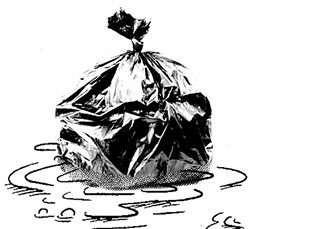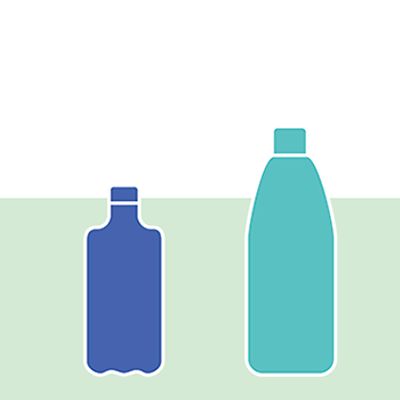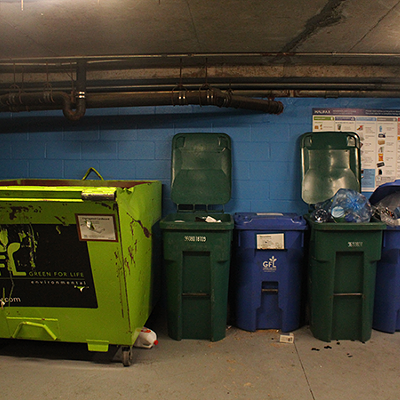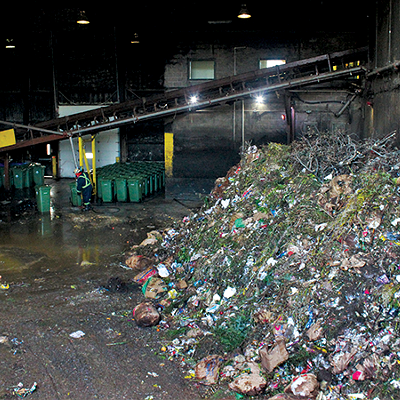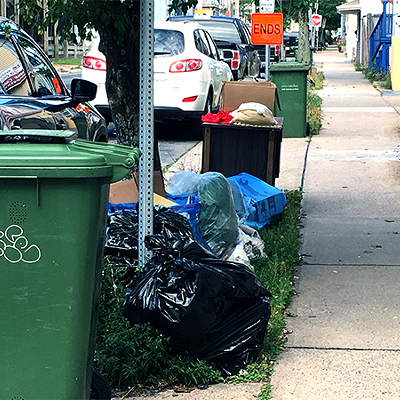"I would love to see Nova Scotia do the same for marine waste as we have for on-land waste," Lisa Kretz tells me in Clean Nova Scotia's lunch room. She is the project officer for the organization's marine waste project. "There needs to be more awareness and education, one person at a time."
Today it's my turn, and what she teaches me is astounding. "The problem with marine waste is it's out of sight, out of mind," she says. According to Department of Fisheries and Oceans studies, 70 percent of ocean waste lies under the sea.
In Halifax Harbour, the biggest sources of that waste are not industrial, are not related to transportation of goods or people and don't come from our bums. Inland litter runoff and recreational boating create more than half the junk down there.
Mostly it's plastic: plastic bags, plastic tampon applicators, plastic bottles and wrappers. Kretz cites an old study of Sable Island beach waste, 60 percent of which was plastic---with another 30 percent being rope and other fishing equipment.
In a federal survey, Maritime fishers reported dumping about 600,000 bait boxes overboard a year, and that's just what they admitted to.
"The old traps were wood and the rope was hemp," Kretz says. "Now it's a synthetic sea. The waste is ubiquitous."
So much so that the Algalita Marine Research Foundation in California estimates that underwater floating plastics outnumber zooplankton by a six to one ratio---in some areas the ratio is 10 to one. Fish and other marine animals mistake the plastic for food. It either kills them or we eat it---mmm, plastic fish. Brain food.
When marine life isn't dining on fine plastics, it's getting entangled in them. Lost or abandoned fishing gear goes right on catching fish even without the guidance of human hands---known in the biz as ghost fishing.
Recreational boaters do as much damage as fishers. "This year we're focusing on blackwater," says Kretz, "which is raw sewage being pumped or dumped from recreational boats."
Legally, small vessels can't discharge untreated sewage within three miles of the shore, or 12 miles for larger boats, but the law is easily ignored or forgotten. Kretz says one recreational boater's raw sewage contains as much fecal coliform as 10,000 people whose sewage is treated. The organic waste poisons fish and degrades reefs, creating dead zones where nothing survives.
Kretz is hard at work changing the throwaway mariner culture. "The fishermen care," she says. "These are good guys, and they have a vested interest in keeping the waters clean and protecting the fisheries. And once recreational boaters know about the problem they are happy to do the work."
She says that in the many Nova Scotian harbours lacking disposal facilities, fishers are known to bag their garbage and bring it home with them. So-called waste can also bring in a little extra cash: old fishing ropes are sold to farmers and old nets are used on golf course driving ranges.
In all, Clean Nova Scotia works in 21 harbours across the province, bringing together concerned fishers, harbour authorities, municipal governments, waste educators and the feds to find local solutions to an international problem. The solutions tend to be a combination of public education and low-tech preventative solutions, like bilge socks.
"The bilge is a cavity at the bottom of the boat where water and fuel gather, and are traditionally pumped out," Kretz explains. "Bilge socks absorb fuel and can be disposed of at hazardous waste sites on land."
She and summer students give the socks to recreational boaters at events around the province, and hand out maps detailing the locations of the province's 16 pump-out stations, where boat waste can be safely disposed.
Kretz also works with boating clubs to make environmental responsibility easier for their members. With Kretz's guidance, Dan Gallina, manager of the Dartmouth Yachting Club, received a small grant from the province's Resource Recovery Fund Board to put out waste disposal bins and instructive signs for members. "It started with our pumphouse station," Gallina says, "which holds raw sewage in a 6,000-litre tank. Now we have a 500-litre waste oil tank, bins for oily rags and pads, and we recycle filters, the oil itself and paint."
Kretz adds that with a little planning, maybe even a composting toilet on board, boaters of all kinds can easily eliminate their share of marine waste. As for us Halifax landlubbers, we could use some municipal intelligence on that whole sewage thing.

